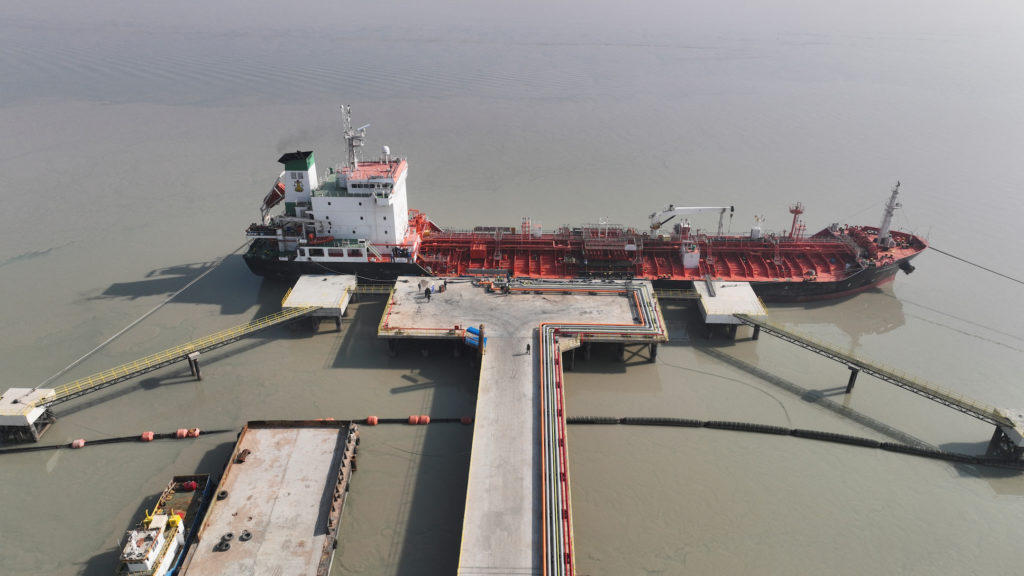
John Yang:
Amna, normally, about 12 percent of global trade passes through the Red Sea and the Suez Canal. But now the world's biggest shipping companies are detouring thousands of miles and going around the Cape of Good Hope at Africa's southern tip. That's adding fuel cost and time.
It's also a major route for oil and gas shipments, so prices edged up this week after BP and some tanker groups said they were suspending use of that route.
Ryan Petersen is the founder and CEO of Flexport, a supply chain management company.
So, Ryan, from your point of view, what's the biggest effect of this, of essentially shutting down this shipping route?
Ryan Petersen, Founder and CEO, Flexport: Thanks for having me on.
It is a much longer way around, the Cape of Good Hope. It adds about 20 percent to the journey for a container. And 30 percent of all container traffic flows through the Suez, until this week. So that's a huge diversion, a huge extra time spent.
Now, it's not so much that it's the time alone that matters, but what that represents is a 20 percent decrease in supply of ships, right? Because to serve the same service frequency, you need more ships. So that's a 20 percent decrease in supply of shipping capacity.
And, well, the laws of supply and demand tell you that means the price is going to go way up for shipping ocean freight, which is a huge percentage of everything that you buy. This is especially for the European markets trading with Asia, but it's going to have an impact on the U.S. East Coast too. A lot of trade coming from Asia to the East Coast goes through the Suez, out Gibraltar and over to the East Coast across the Atlantic.
ncG1vNJzZmivp6x7sa7SZ6arn1%2Bjsri%2Fx6isq2ejnby4e8eormagn6rBqbWMmqutmZOgwG67zWaqoaGgqHqquoyrnJ1lo5qubq3RnmSdoaOnwrHAyKeeZp%2BcpK%2BiuIytqZqclQ%3D%3D